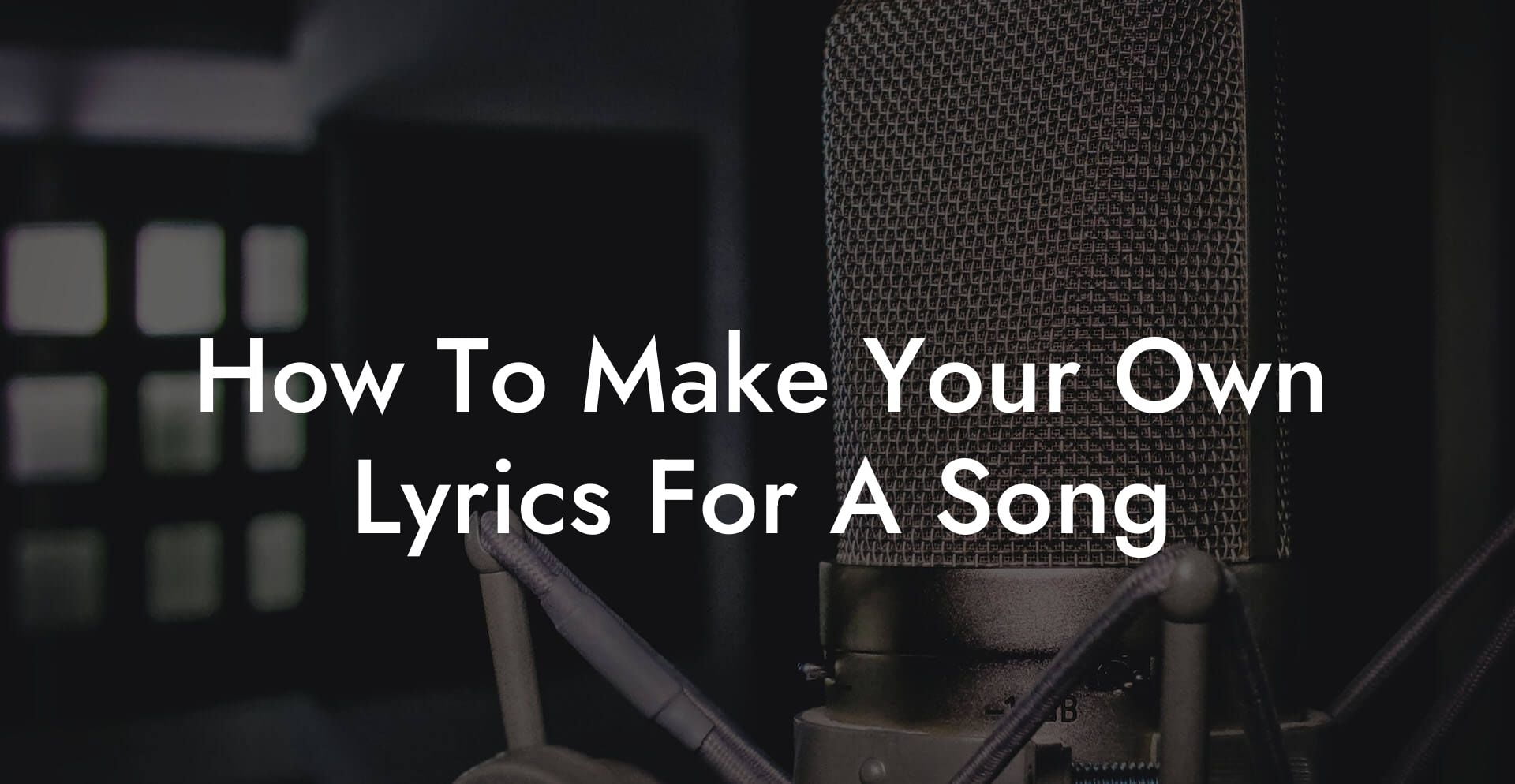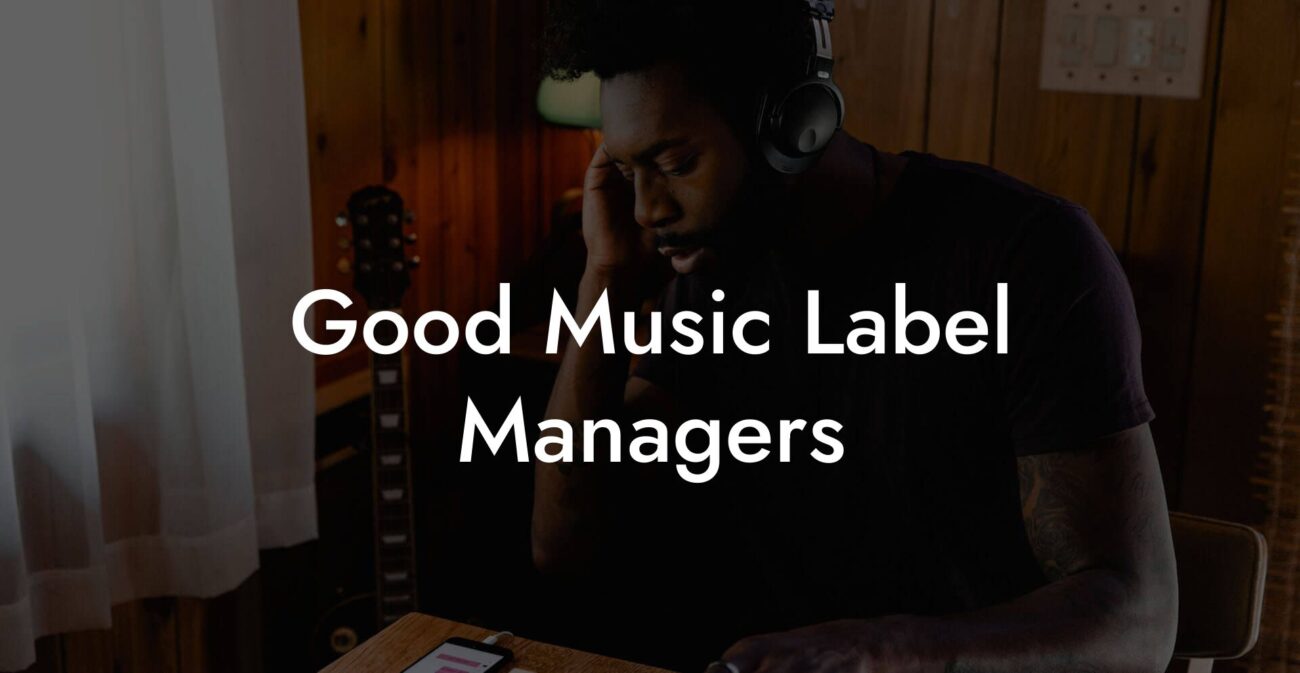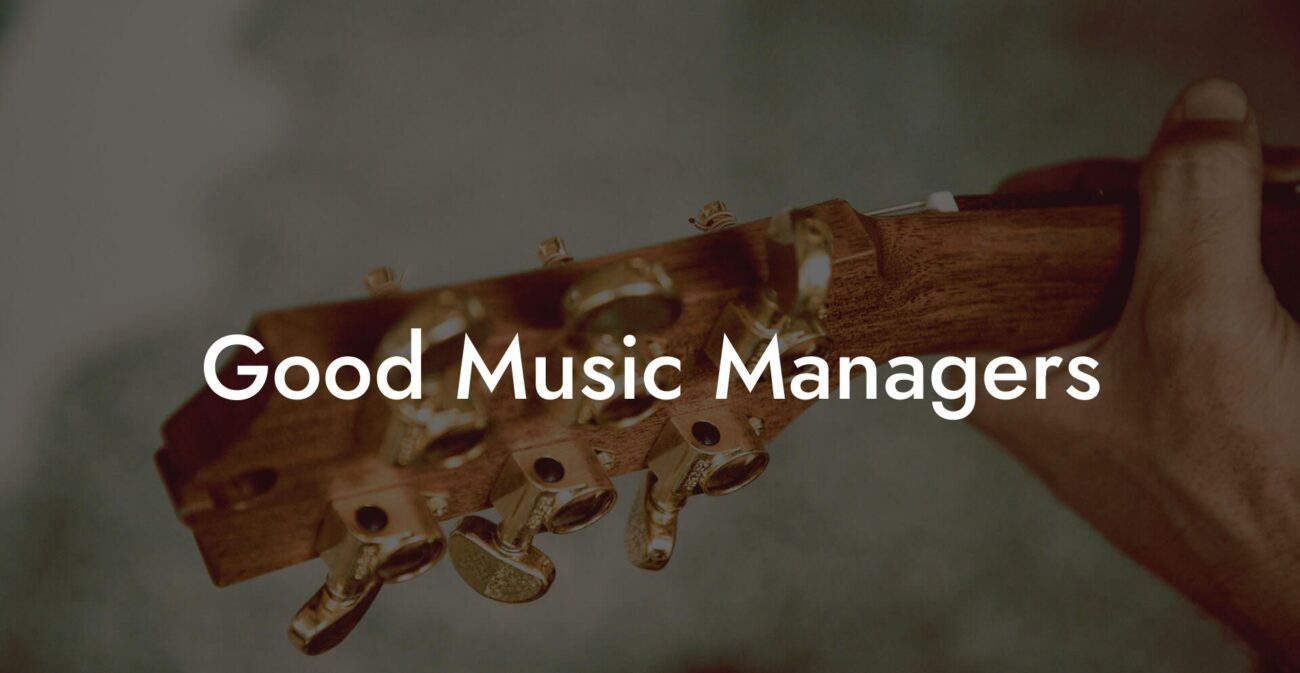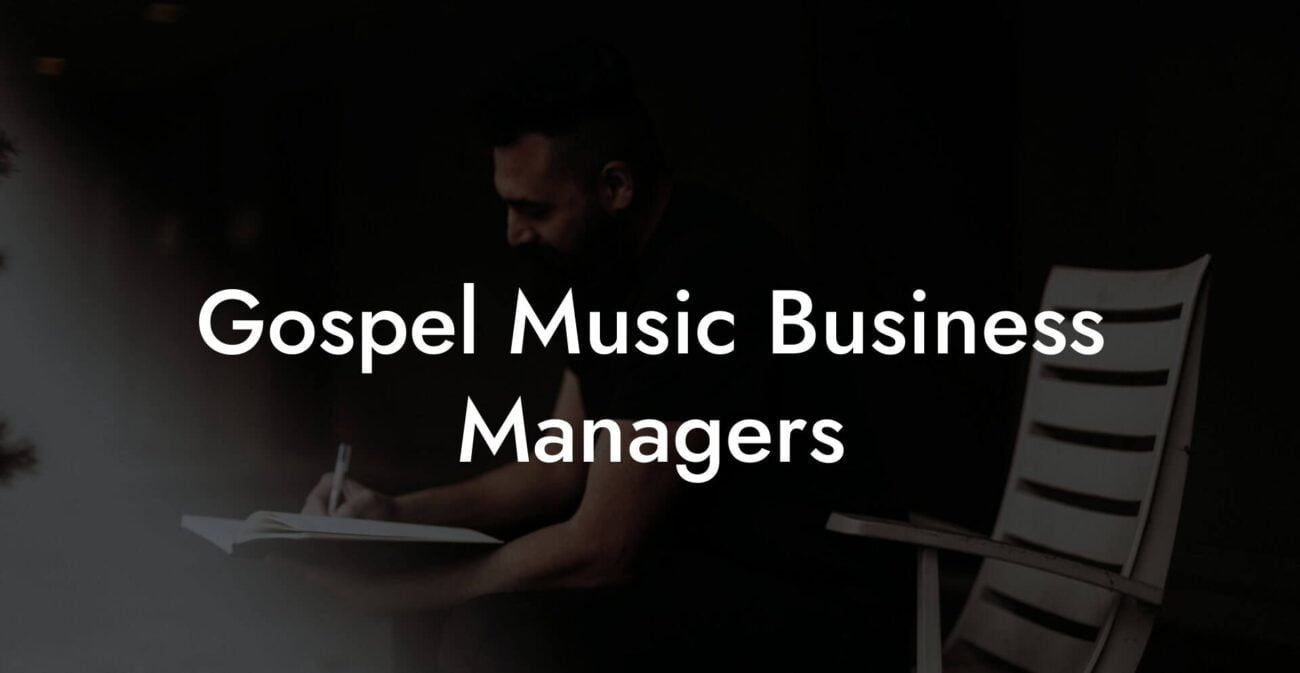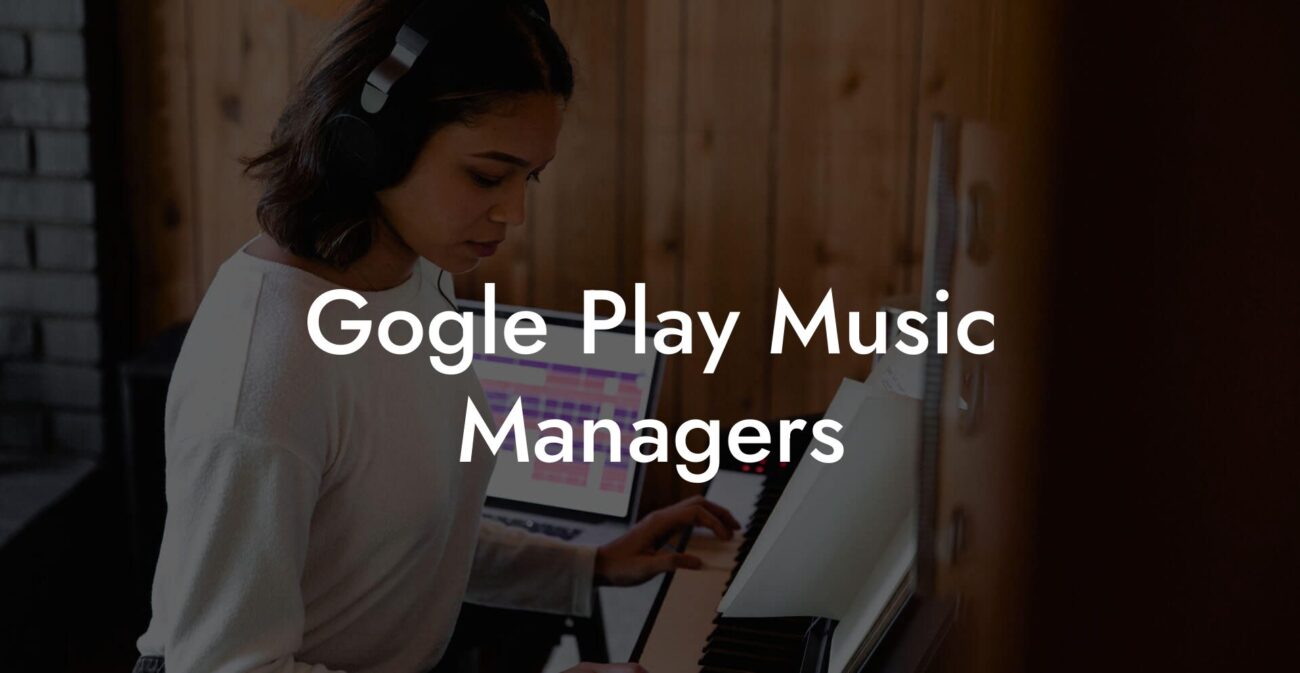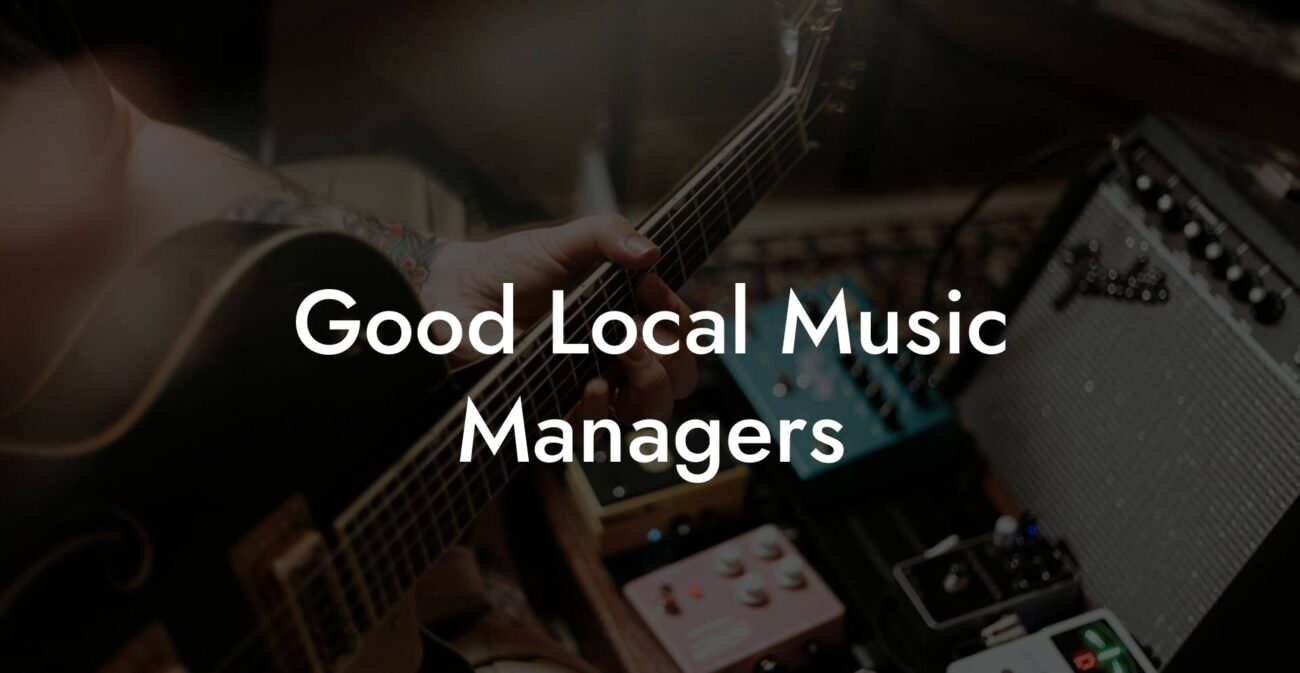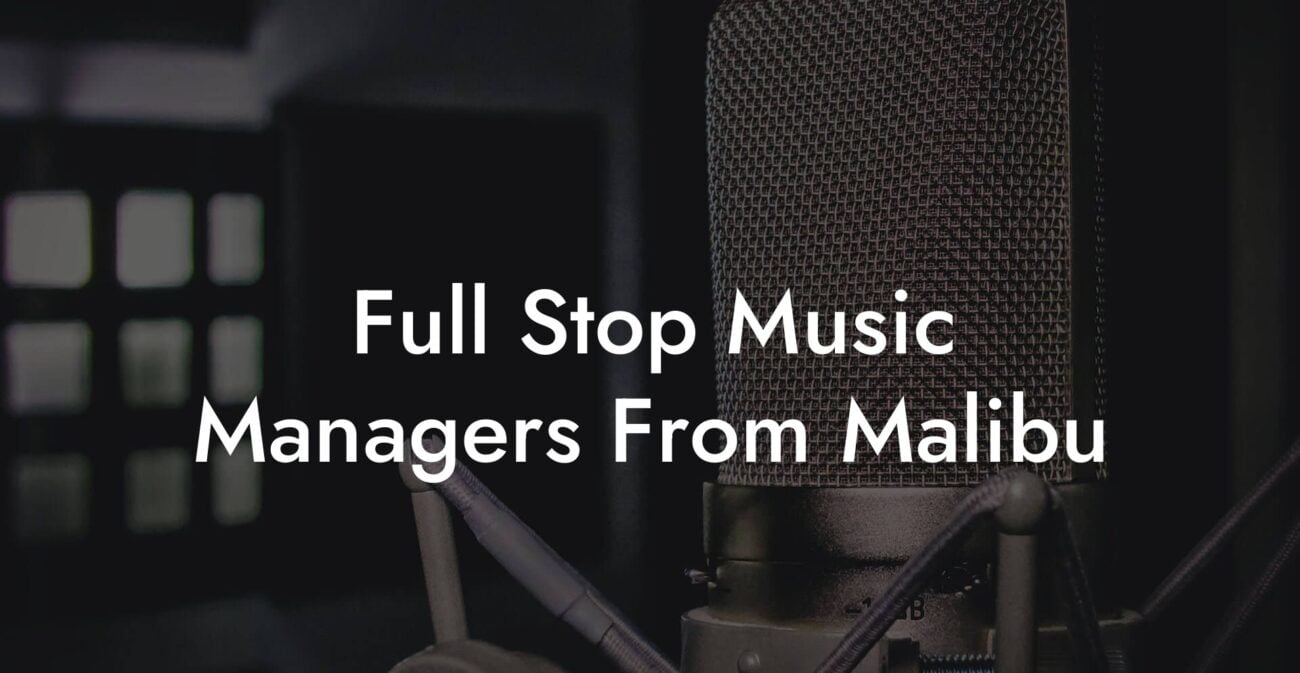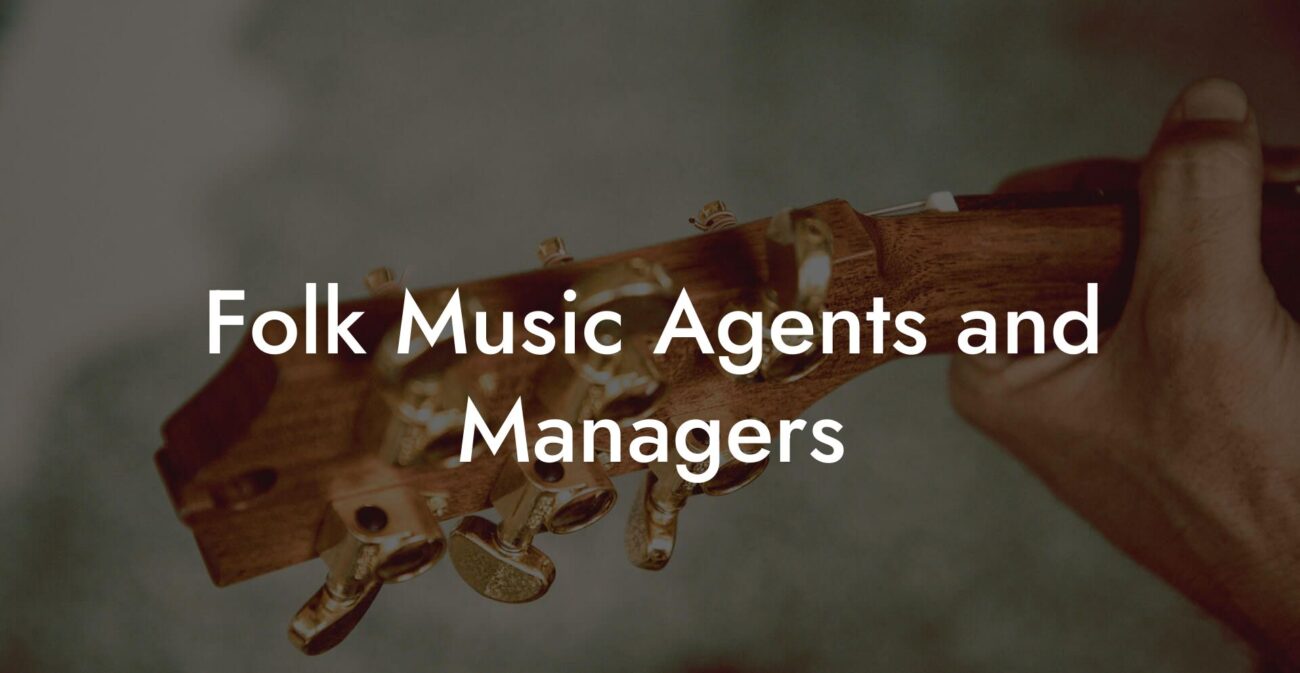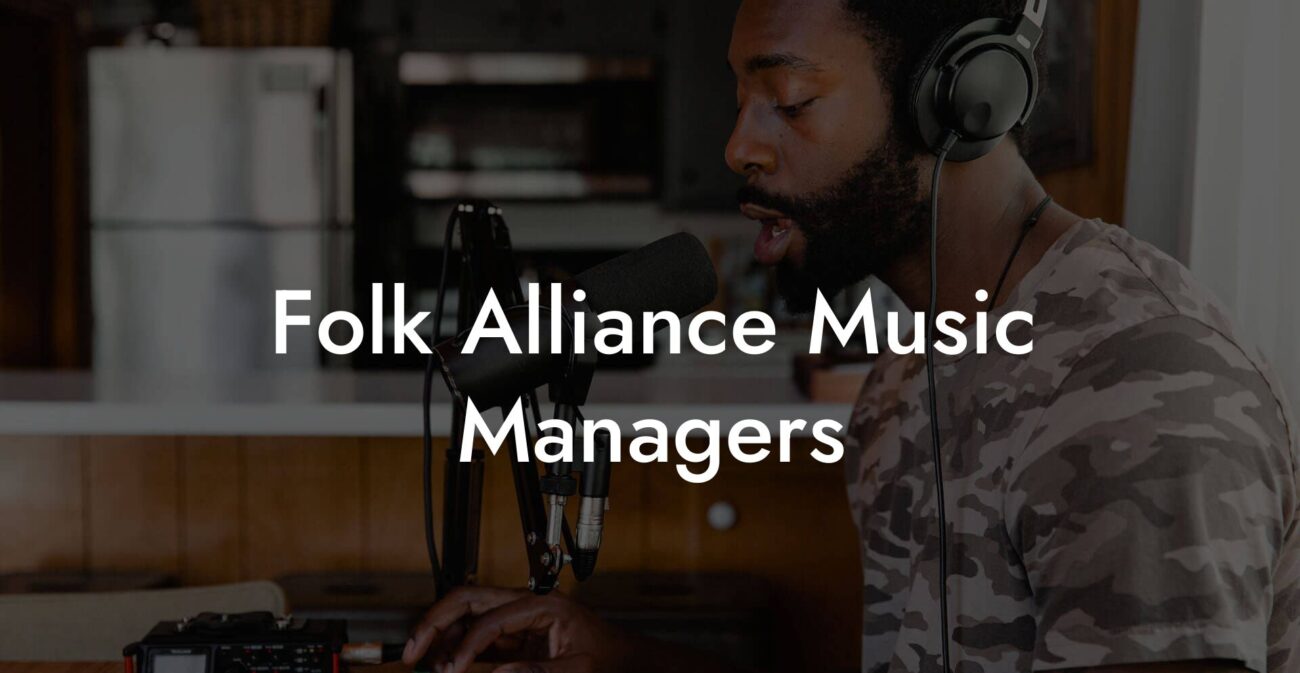Ever found yourself scribbling random words on a napkin at 2 a.m., only to realize that you might just be onto something epic? Writing your own lyrics for a song is like cooking a gourmet meal from scratch—it takes a pinch of inspiration, a dash of personal flair, and a whole lot of passion. Whether you’re a bedroom poet or a budding rockstar, this guide is your backstage pass to mastering the art of lyric writing. Get ready to break free from clichés, crank up your creativity, and discover the secrets to crafting lyrics that resonate with the millennial and Gen Z spirit.
Looking to write your next song? Transform your creative ideas into songs that people will love, and skyrocket your music career with Lyric Assistant. The perfect songwriting assistant. Find out more →
Quick Links to Useful Sections
- Why Write Your Own Lyrics? Embrace Your Unique Voice
- Finding Inspiration: The Spark Behind Every Great Lyric
- Diving Into Personal Experiences
- Exploring Emotions and States of Mind
- Observing the World Around You
- Techniques and Strategies for Crafting Killer Lyrics
- The Art of Free Writing
- Structure Matters: Verses, Choruses, and Bridges
- Rhyme Schemes and Wordplay
- Metaphors, Similes, and Imagery
- Collaborative Creativity
- Injecting Emotion and Authenticity Into Your Words
- Be Vulnerable
- Draw From Real Experiences
- Mix Humor with Heart
- The Blueprint of Your Song: Structuring Lyrics Like a Pro
- Crafting the Verse
- Chorus: The Hook That Grabs Your Heart
- Building the Bridge
- Introducing a Pre-Chorus or Intro
- Beyond the Pen: Leveraging Tools and Technology for Lyric Writing
- Digital Notebooks and Journaling Apps
- Rhyme and Thesaurus Tools
- Collaboration and Feedback Platforms
- Case Studies: From Blank Page to Chart-Topping Anthem
- The Accidental Hit
- From Heartbreak to Healing
- The Collaborative Masterpiece
- Your Personalized Songwriting Blueprint: Crafting a Plan That Resonates
- Step 1: Set Up Your Creative Environment
- Step 2: Brainstorm Ideas and Themes
- Step 3: Choose Your Song Structure
- Step 4: Start Writing and Edit Later
- Step 5: Seek Feedback and Iterate
- Resources and Community Support: Your Next Steps in Songwriting
- Online Lyric Writing Tools and Apps
- Songwriting Workshops and Webinars
- Social Media Groups and Forums
- Local Open Mic Nights and Music Meetups
- Songwriting FAQs: Your Questions Answered
- Your Journey to Crafting Empowered, Unforgettable Lyrics
Why Write Your Own Lyrics? Embrace Your Unique Voice
Think about it: in a world saturated with formulaic pop and auto-tuned beats, your genuine, unfiltered story is your superpower. Writing your own lyrics gives you the freedom to express your innermost thoughts, emotions, and experiences in a way that no one else can duplicate. Plus, there’s something incredibly rebellious (and liberating) about taking charge of your narrative and telling the world exactly what you feel.
Writing lyrics isn’t just about crafting verses that rhyme—it’s a journey of self-discovery. Every line you pen is a reflection of your unique perspective. So, why settle for someone else’s hit record when you can create one that’s authentically yours? Embrace the power of your voice, let your imagination roam free, and start building a lyrical legacy that’s as bold and unpredictable as you are.
Finding Inspiration: The Spark Behind Every Great Lyric
Inspiration is like a wild muse; it sneaks up on you when you least expect it, whether you’re on a midnight stroll, binge-watching your favorite series, or deep in conversation with your best friend. To catch that fleeting idea, keep your eyes and ears open. Here are some fun ways to dive into your creative reservoir:
Diving Into Personal Experiences
Your life is filled with highs, lows, and that quirky everyday chaos that everyone can relate to. Use your personal experiences as a treasure trove for lyric ideas. Write about your first heartbreak, a memorable road trip, or even that hilariously disastrous cooking attempt. Authenticity in songwriting creates a bond with your audience that glossier, mass-produced lyrics simply can’t replicate.
Write Lyrics Like a Professional Songwriter
The ultimate songwriting tool that takes your creative vision to the next level! With just a few clicks, you can unleash your inner songwriter and craft a hit that's uniquely yours. Your song. You own it.
Exploring Emotions and States of Mind
Emotions are the heartbeat of your lyrics. Whether it’s euphoria, melancholy, anger, or pure joy, tapping into your emotional state can lead to raw, compelling art. Try mood journaling—dedicate a notebook (or a digital app) to jot down your feelings throughout the day. Sometimes, a single line like “I’m dancing in the rain” can transform into a full-blown anthem with just a bit of creative reflection.
Observing the World Around You
Inspiration is never in short supply if you open your eyes to the world. Listen to the rhythm of city streets, the hustle of daily commute conversations, or the soft whispers of nature. Even the mundane can spark a lyrical revolution. Look around—every sound, every snippet of conversation, and every random thought might be the seed of a future hit.
Remember, great lyrics often emerge when you blend observation with introspection. Keep an open heart and a curious mind, and let the world around you fuel your creative fire.
Techniques and Strategies for Crafting Killer Lyrics
When it comes to writing lyrics, there isn’t a one-size-fits-all formula—there are a bunch of cool techniques to explore. Whether you’re into free writing, structured songwriting, or experimental approaches, here are some strategies to help you bring your ideas to life.
The Art of Free Writing
Sometimes the best way to break through writer’s block is to just let it all out. Free writing involves setting a timer (say, 10-15 minutes) and writing nonstop without worrying about grammar, punctuation, or whether it makes sense. The goal is to tap into your subconscious and let your raw thoughts flow onto the page. Once the timer stops, revisit your notes and highlight phrases or ideas that catch your eye. You might be surprised by the lyrical gold hidden in your stream-of-consciousness scribbles.
Structure Matters: Verses, Choruses, and Bridges
While free writing is great for brainstorming, having a structured plan can help you assemble your lyrics into a cohesive song. Here’s a quick breakdown:
- Verses: Tell your story. Get into the details and build up your narrative, setting the scene and adding depth.
- Chorus: This is the emotional or thematic center of your song—the catchy, repeatable section that drives home your main message.
- Bridge: A contrasting section that offers a twist or adds a new perspective, keeping the listener engaged and offering a refreshing break from the repetition.
Experiment with different arrangements to see what feels natural. Sometimes a song might start with a chorus to grab attention, while other times, a gradual build-up through verses works best.
Rhyme Schemes and Wordplay
Rhyme can give your lyrics a musical quality, but don’t feel trapped by perfect rhymes. Allow yourself to play with near-rhymes, internal rhymes, and slant rhymes. These techniques add texture and fluidity to your writing. Experiment with different patterns—ABAB, AABB, or even free verse. The key is to keep it interesting and natural.
Metaphors, Similes, and Imagery
One of the secret weapons in songwriting is the use of figurative language. Compare emotions to elements of nature, or describe your feelings with vivid imagery. Instead of saying “I’m sad,” try “I’m a storm cloud waiting to burst.” These literary devices not only enrich your lyrics but also paint a picture that your listeners can immerse themselves in.
Collaborative Creativity
Don’t be afraid to collab! Sometimes another perspective can elevate your lyrics to genius levels. Brainstorm with a friend, join a songwriting group, or even use digital platforms to share ideas and feedback. Collaboration can spark new ideas and push you outside your comfort zone.
Whether you stick to a strict structure or let spontaneity lead, there’s no wrong way to write lyrics. The beauty of songwriting lies in the diversity of approaches—what works for one track might be completely different for the next.
Injecting Emotion and Authenticity Into Your Words
Everyone has an inner story waiting to be told, and your emotions are the colors on your lyrical canvas. Authenticity in songwriting connects deeply with audiences—especially those who crave real, unfiltered emotions over manufactured pop perfection.
Think of it this way: if your song can make someone feel recognized, understood, or even empowered, you’ve tapped into the magic of authenticity. Here are some ways to infuse your work with genuine emotion:
Be Vulnerable
Vulnerability is attractive—it invites listeners into the raw, unpolished corners of your soul. Don’t shy away from exposing your flaws and fears; they are what make your story relatable. Whether you’re writing about heartbreak, self-doubt, or personal triumph, let your guard down and show your true self.
Draw From Real Experiences
Use your own life as the ultimate source of inspiration. Even if you think your daily routine isn’t particularly dramatic, trust that the nuances of your experiences will resonate with someone else. That quirky habit, that unexpected conversation, or that moment of clarity can transform into a beautifully poignant lyric.
Mix Humor with Heart
Who says songs have to be all doom and gloom? A splash of humor can add a delightful twist to even the most serious themes. It not only makes your lyrics more engaging but also showcases the complexity of human emotion. Remember, genuine laughter and tears often walk hand-in-hand.
In the end, the goal is to craft lyrics that feel as though they were written for you—and by you. Embrace every emotion, raw and unfiltered, and let that passion drive your creative process.
The Blueprint of Your Song: Structuring Lyrics Like a Pro
Once you’ve mined your thoughts, emotions, and random bursts of inspiration, it’s time to organize them into a coherent structure. A well-structured song not only sounds good, but it also takes your listener on a journey, from the opening chord to that unforgettable hook.
Crafting the Verse
Verses are where you unfold your narrative. Treat them as chapters in a story—each one builds upon the last to deepen the listener’s understanding. Start by determining what story or feeling you want to convey in each section. Ask yourself: What details set the scene? What emotions should drive this part? Writing your verses with careful attention to detail can turn a generic tune into a lyrical masterpiece.
Chorus: The Hook That Grabs Your Heart
The chorus is the heart of your song, where the main message is distilled into catchy, repeatable phrases. A strong chorus is memorable and packs an emotional punch—think of it as the part everyone sings along to at concerts. To craft yours, experiment with different melodies and word choices until it feels both impactful and authentic.
Building the Bridge
A bridge is your creative playground—a section where you can shift direction, introduce a new twist, or simply provide a moment of reflection before diving back into the familiar. It’s your chance to experiment without the constraints of the verse or chorus. Use the bridge to add contrast, whether through a change in rhythm, a surprising chord progression, or a poignant lyric that recontextualizes the rest of the song.
Introducing a Pre-Chorus or Intro
Occasionally, songs employ a pre-chorus or introductory segment to build anticipation for the main event. This can be especially useful if you want to gradually intensify the emotional stakes or sonically teeter between storytelling and a big, unforgettable refrain.
Structuring your song isn’t just about rules—it’s about creating a flow that keeps your listener engaged from start to finish. Play around with the order and function of each section until your song feels like a complete, compelling journey.
Beyond the Pen: Leveraging Tools and Technology for Lyric Writing
Sure, there’s undeniable magic in gut-penned, midnight scribbles. But in today’s digital age, technology can be your best songwriting partner. With a myriad of apps and online tools available, you can break creative blocks and polish your lyrics to perfection.
One of the coolest innovations is Lyric Assistant—a tool designed to help musicians like you effortlessly generate, edit, and refine your lyrics. From suggesting synonyms to structuring verses, these tools can add an extra layer of polish without compromising your unique voice. Think of it as having a creative sidekick that frees you up to focus on what matters most: the soul of your song.
Digital Notebooks and Journaling Apps
Gone are the days of scribbling ideas on coffee-stained paper. With digital notebooks and apps like Evernote or Notion, you can capture inspiration on the fly—whether it’s a random phrase or a whole stanza. The convenience of having your ideas synced across devices means your next lyric hit might be just a tap away.
Rhyme and Thesaurus Tools
Stuck on finding the perfect rhyme or word? Online rhyming dictionaries and thesaurus tools can be lifesavers. They offer a treasure trove of alternatives that can elevate your wordplay. Experiment with these resources to explore creative variations and enrich your lyrical vocabulary without breaking a sweat.
Collaboration and Feedback Platforms
The digital realm is awash with communities of fellow songwriters. Platforms like SoundCloud, BandLab, or even specialized songwriting forums provide spaces to share your work and receive constructive feedback. Participating in these communities can spark fresh ideas and encourage you to push your creative boundaries.
Using the right mix of digital tools and traditional songwriting techniques can dramatically streamline your creative process—helping you transform sporadic flashes of inspiration into fully formed tracks.
Case Studies: From Blank Page to Chart-Topping Anthem
Let’s get real with some relatable success stories. Behind every hit song is a journey that includes countless revisions, moments of self-doubt, but ultimately triumphant breakthroughs. Here are a couple of case studies to inspire you on your own songwriting journey.
The Accidental Hit
Meet Alex—a college student who scribbled a few lines while procrastinating on an assignment. Initially, the lyrics were just a jumble of emotions about missing out on late-night pizza runs and campus love stories. One day, after a late-night jam session with friends, Alex transformed these casual musings into a catchy pop anthem that resonated with the generation’s fear of missing out and craving authentic connection. Alex’s journey shows that sometimes, the best hits come from unexpected moments of vulnerability and spontaneous creativity.
From Heartbreak to Healing
Then there’s Jamie, who went through a rough breakup and felt lost in a maze of emotions. Instead of wallowing, Jamie turned to songwriting as a therapeutic outlet. By embracing raw pain and mixing in quirky humor about the absurdities of modern dating, Jamie crafted a ballad that quickly went viral. The relatable narrative, combined with a memorable chorus, struck a chord with listeners who had felt similarly broken yet hopeful. Jamie’s story is a powerful reminder that even the deepest wounds can fuel creative rebirth.
The Collaborative Masterpiece
Collaboration is another secret weapon in the lyricist’s arsenal. Rina, an aspiring songwriter with a knack for storytelling, teamed up with a producer friend to create a track that seamlessly blended catchy beats with introspective lyrics. Their brainstorming sessions were filled with laughter, spontaneous wordplay, and impromptu jam sessions, all of which culminated in a song that defied genre boundaries. This partnership emphasized that creativity thrives in an environment of shared ideas and mutual encouragement.
These stories serve as beacons of inspiration. They remind us that there’s no “perfect” path to songwriting—only the willingness to explore, experiment, and let your inner muse take the lead.
Your Personalized Songwriting Blueprint: Crafting a Plan That Resonates
So, how do you move from scattered ideas to a polished set of lyrics? Creating a personalized songwriting blueprint is all about setting a clear roadmap for your creative process. Follow these steps to build your own unique system:
Step 1: Set Up Your Creative Environment
It all starts with the right vibe. Carve out a space where you feel inspired—a corner in your room with mood lighting, your favorite records spinning, or even a cozy coffee shop atmosphere. The goal is to make your creative sanctuary a place where distractions fade and inspiration flourishes.
Step 2: Brainstorm Ideas and Themes
Dedicate a session purely to brainstorming. Write down everything that comes to mind—there’s no such thing as a bad idea in this stage. Consider themes that resonate with you, from love and loss to self-discovery and quirky day-to-day adventures. The more ideas you gather, the richer your pool of material becomes.
Step 3: Choose Your Song Structure
Decide on the structure that best suits your song. Will you opt for a traditional verse-chorus-verse format, or do you want to experiment with a more unconventional layout? Outlining your song’s structure early on provides a roadmap that can keep your creativity directed and accountable.
Step 4: Start Writing and Edit Later
Allow yourself to write freely. Don’t worry about making it perfect on the first go—focus on getting the raw emotion and ideas down. Once you have a full draft, come back with fresh eyes to revise, polish, and refine.
Step 5: Seek Feedback and Iterate
Share your lyrics with trusted friends, fellow musicians, or even online communities. Constructive feedback is invaluable—it can highlight strengths you might have overlooked and point out areas for improvement. Remember, every great song evolves through collaboration and revision.
This blueprint isn’t set in stone—it’s a living document that grows with you. As you evolve as a songwriter, your process will too. Embrace the journey, trust your instincts, and keep refining your approach until your lyrics reflect the authentic rhythm of your soul.
Resources and Community Support: Your Next Steps in Songwriting
One of the coolest aspects of songwriting in the digital age is the wealth of resources and communities at your fingertips. Whether you’re looking for inspiration, technical guidance, or simply a place to share your work, there’s an entire network of support waiting for you.
Online Lyric Writing Tools and Apps
Platforms like Lyric Assistant can help you fine-tune your craft, offering suggestions, rhyme dictionaries, and organizational tools that simplify the songwriting process. These tools are especially useful when you’re hit with writer’s block and need a spark to keep the creative momentum going.
Songwriting Workshops and Webinars
Look out for workshops and webinars hosted by established songwriters and music professionals. These sessions provide fresh insights on lyrical techniques, structure, and the latest trends in the music industry. Plus, they’re great opportunities to meet like-minded peers.
Social Media Groups and Forums
Whether it’s a Facebook group, a subreddit, or a dedicated forum like Songwriting Stack Exchange, joining a community can be incredibly motivating. Share your work, exchange feedback, and soak in the diverse perspectives of fellow musicians from all corners of the globe.
Local Open Mic Nights and Music Meetups
Sometimes nothing beats real-life interaction. Attend local open mic nights or musical meetups to experience the live energy of lyrics in performance. These events are not only fun, but they’re also a great way to gauge audience reaction to your work, giving you invaluable insights into how your lyrics connect with listeners.
Embrace these resources as part of your ongoing creative journey. The more you engage with the community, the more you’ll grow as a lyricist—and who knows, you might just meet your next big collaborator along the way.
Songwriting FAQs: Your Questions Answered
Below are some of the most frequently asked questions from aspiring lyricists. Dive in to get clarity on everything from your first spark of inspiration to refining your final draft.
1. How do I overcome writer’s block when working on lyrics?
Writer’s block happens to everyone. Try free writing, step away for a short walk, or switch to a different creative activity. Often, beating the block is all about changing your environment and letting your mind relax.
2. What if I’m not naturally good at rhyming?
Not everyone is born with the perfect rhyme in their back pocket. Use near-rhymes and internal rhymes to keep your lyrics engaging. Experimenting with different rhyme schemes can turn perceived weaknesses into unique stylistic choices.
3. Should my lyrics always have deep meaning?
Not necessarily! Sometimes, playful, fun lyrics are exactly what a song needs to stand out. Write what feels right—whether it’s profound or simply entertaining, authenticity is what resonates.
4. How do I incorporate personal experiences without sounding too cliché?
Dig deeper than surface-level experiences. Focus on the emotions and small details that made your moment unique. By adding personal touches and unexpected metaphors, your lyrics will feel fresh and original.
5. How can I improve my storytelling through lyrics?
Practice by writing short stories or poems. Study the lyrics of your favorite songs, analyze what works, and try incorporating similar narrative techniques into your own work. Consistent practice is key to honing your storytelling skills.
6. What roles do verses, choruses, and bridges play in a song?
Verses tell your story, the chorus provides the emotional core and catchiness, and bridges offer a contrasting perspective or twist to keep the listener engaged. Experiment with each to see what best supports your narrative.
7. Can technology really help improve my lyric writing?
Absolutely! Digital tools like lyric generators, rhyme dictionaries, and organizational apps can help streamline your process and inspire creativity, ensuring that your lyrical ideas are always evolving.
8. How do I know when my lyrics are ready for the next step?
Trust your gut. If your lyrics resonate with you and you’ve polished them after multiple revisions and feedback sessions, it might be time to experiment with recording or performing them. The creative process is iterative—there’s always room for further refinement as you bring your work to life.
9. How can I develop a unique lyrical style?
Write consistently, experiment with various techniques, and absorb influences from diverse genres and eras. Over time, your natural voice will emerge, setting your style apart.
10. Is it necessary to use songwriting formulas?
Not at all. While formulas can provide guidance, don’t be afraid to break the mold. Your individuality is your greatest asset—experimenting outside established norms can lead to truly innovative lyrics.
Your Journey to Crafting Empowered, Unforgettable Lyrics
As you embark on your songwriting journey, remember that writing lyrics is both an art and an adventure—a path filled with experimentation, self-discovery, and the joy of authentic expression. Every line you write is another step toward discovering your unique musical identity. Sure, there might be moments of doubt and creative detours along the way, but each experience is a valuable brushstroke painting the bigger picture of who you are as an artist.
Embrace the chaos, savor the breakthroughs, and trust that your voice has the power to move hearts and spark change. Your words can transform the everyday into something extraordinary, turning fleeting moments into anthems for the ages. With every verse, chorus, and bridge, you’re not just writing a song—you’re carving out your legacy.
So grab that pen, or tap away on your keyboard, and let your creativity lead the way. The world is waiting for the next hit, and that hit might just be the story only you can tell. May your songwriting journey be as dynamic, bold, and unforgettable as the chords and verses you create.
Write Lyrics Like a Professional Songwriter
The ultimate songwriting tool that takes your creative vision to the next level! With just a few clicks, you can unleash your inner songwriter and craft a hit that's uniquely yours. Your song. You own it.

